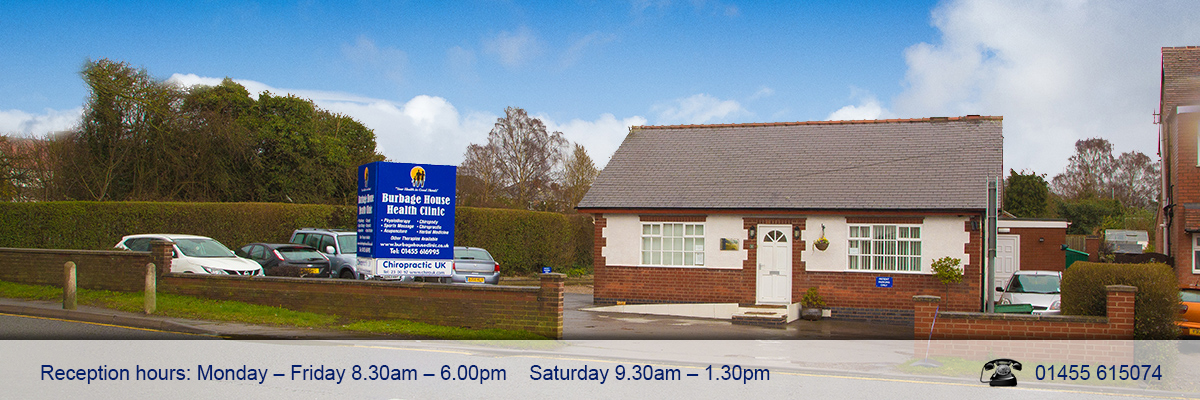You may remember a news article last year that reported*: “Paracetamol doesn’t help low back pain or arthritis.” This news was no real surprise as patients often tell me that painkillers have little no effect on their back pain. Often, at best, they will only ‘take the edge off’ the pain.
Even much stronger prescription painkillers can have minimal effect. A newly published study* indicates that opioid painkillers, including tramadol and morphine, provide “only modest short-term pain relief” for back pain, and this is only for patients who can tolerate the adverse side effects. So why is it that powerful and addictive painkillers can have so little effect on back pain?
This has to do with the way that spinal pain works. The spine is very important, it contains the nerves that communicate between the brain and the body. Like the brain, the spinal cord it is encased in bone. Consequently it is rare for the nerves within the spine to be injured. However, all along the spine, individual nerves have to exit in order to reach the rest of the body. Between each vertebra, on each side, is a small opening from which the nerve can exit. It is here that the nerve, or nerve root, is more vulnerable to injury and compression. Nerves are, of course, extremely sensitive and this is why painkillers have such a tough job working in this area.
On top of this nerves can ‘learn pain’ and ‘adapt’ to pain. Put very simply, if a pain signal is constantly being sent to the brain, then that connection will strengthen. This is particularly true for very long term pain. Certain types of painkiller struggle to deal with this type of pain.
Fundamentally though, painkillers are designed to address the symptom, i.e. pain, and not the actual cause of that pain. To resolve the underlying issue it is crucial to accurately know the cause. Numerous spinal joints, nerve roots, cartilage discs, muscles and the spinal cord are all located in the low back (and the mid back, upper back and neck for that matter) – some or all of these structures can be involved in causing pain.
The majority of the time back or neck pain is caused ‘mechanically’. This can be, for example, pressure on a nerve, pressure on a disc, muscle spasm, restricted joint movement – or a combination of these. ‘Mechanical’ pain will respond well to a ‘mechanical’ solution, a hands-on approach, and this is where chiropractic comes in.
NHS guidelines, based on the Bronfort report*, recommend hands-on chiropractic care for low back pain and neck pain (whether recent or long term), as well as headaches, migraines and dizziness caused by mechanical issues of the neck. The evidence also supports chiropractic treatment for shoulder complaints, including frozen shoulder; hip issues, including arthritis; tennis elbow, knee complaints and plantarfasciitis.
At Hinckley Chiropractic we will accurately identify the cause of pain, and then carry out an effective and efficient treatment plan.
(If you are considering changing or reducing your prescription painkillers or you are concerned about their side-effects you must seek advice from your GP or from a pharmacist.)
http://archinte.jamanetwork.com/article.aspx?articleid=2522397
http://www.ncbi.nlm.nih.gov/pmc/articles/PMC2841070/figure/F4/

